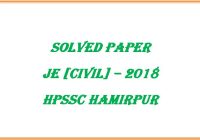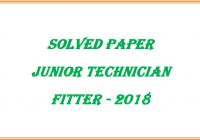Solved Paper Female Health Worker 2018 [Part-3] – HPPSC Hamirpur
111. Difference between oral and axillary temperature is 6 °C 1 °C 5 °C 1 °C 112. Initial sign of respiratory distress is Cyanosis Grunting sound Tachypnea Nasal flaring 113. A nurse is assessing a newborn during eye examination. Which assessment finding is abnormal about normal pupil? Equal pupil In round shape Reactive to light… Read More »


